Homesteading Essentials: Water, Food, Shelter, Energy, and Community
Recent backyard homesteading has attracted many with the promise of a simpler, more sustainable living. Homesteading involves water, food, shelter, energy, and community. Any homestead’s success and sustainability depend on these aspects, which weave a complex tapestry of this lifestyle’s beauty and challenges.
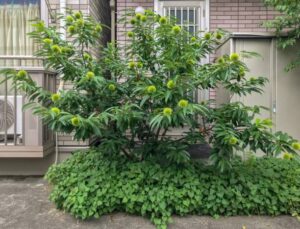
Homesteading revolves around water, the lifeblood of the homestead. Water collection, storage, and conservation represent a value-every-drop mentality. Rainwater harvesting solutions, from barrels to cisterns, demonstrate the creativity needed to protect this resource. Drip irrigation and soaker hoses show water management in irrigation.
Food production is likely the most tangible aspect of homesteading. The goal is to defy the industrial food complex and restore our connection to food. From seasonal vegetable gardens to windowsill herb pots, each is a step toward self-reliance. From permaculture concepts that replicate natural ecosystems to intense square-foot farming, homesteading is adaptable and creative. Homesteaders also save seeds and grow heirloom varieties to ensure sustainability for future generations.
Homesteading shelter goes beyond a roof. It promotes living within one’s means, using local materials, and designing for the environment. Whether a log cabin, earth-sheltered home, or green-built modern home, it is committed to environmental sustainability. Homesteaders use natural materials, passive solar gain, and thermal mass for heat retention to solve shelter problems.
Homesteaders seek energy independence to break free from unsustainable power sources. Solar panels, wind turbines, and hydropower systems are creatively used in this pillar. Energy self-sufficiency is frequently achieved gradually by reducing consumption and increasing renewable use. Energy independence is practical and philosophical, challenging conventional dependency on solar cookers that harness the sun’s rays and wood from one’s property to heat dwellings.
Community, however less apparent than the other pillars, is essential to homesteading. It connects homesteaders, providing support, information, and resources. Community includes the ecology as well as people. A custodian of the land, the homesteader practices biodiversity, companion planting, and habitat preservation for beneficial insects and wildlife. Human communities become more resilient by exchanging products, services, and knowledge. From barn raisings to seed swaps, community strength is shown by cooperation and mutual aid.
Homesteading is not for the faint-hearted. Living in harmony with nature requires resilience, inventiveness, and dedication. Homesteading’s five pillars water, food, shelter, energy, and community are a way of life that strives to heal the relationship between humans and the planet. This lifestyle, rooted in sustainability, self-sufficiency, and stewardship, provides a template for living and thriving in a world that longs to return to nature’s simplicity and fullness.
Legal Issues in Homesteading: Zoning and More
Many dream of backyard homesteading, which promises self-sufficiency and harmony with nature. This desire is complicated by legal and zoning constraints that can hinder homesteading. Understanding these legal foundations is about creating a homestead that thrives within the law and lasts.
Any homesteading project must first navigate zoning rules. These restrictions, which vary significantly by municipality, govern land use. This may limit the type of houses, animals, and food or homemade goods the aspiring homesteader can sell. Zoning laws can feel like a labyrinth, with new requirements and restrictions at every turn.
Additional legal issues matter besides zoning laws. Water rights are essential in homesteading. In some areas, collecting rainfall, accessing subsurface wells, or diverting water from natural streams is strictly restricted. Homesteaders must understand and acquire these water rights for irrigation, cattle, and personal use.
Building codes are another crucial legal sector for homesteaders. These safety and habitability requirements can significantly impact people building homes or sheds. Compliance with building codes affects everything from materials to construction procedures on a homestead. These laws can be complicated for people interested in straw bale construction or earthships, requiring a comprehensive understanding of local building codes.
Setting up and running a homestead also depends on environmental restrictions. These laws represent a social dedication to environmental stewardship, whether they safeguard wetlands, endangered animals, or waste. To achieve this balance, the homesteader must reconcile living off the land with protecting the ecosystem. Homesteaders must understand state and federal environmental laws and adopt sustainable practices to reduce their environmental impact.
Homesteaders face additional legal challenges from livestock laws. Personal and commercial animal ownership is frequently heavily controlled, with rules covering everything from animal types to maintaining conditions. These restrictions, aimed at protecting animals and the community, might affect fences, shelters, manure, and other waste disposal.
Agricultural rules on selling food and handcrafted goods can also be complex. Cottage food rules differ by location and govern what can be sold, how it must be made, and where transactions can occur. Understanding and following these rules is crucial for homesteaders selling homemade goods.
Starting a homestead is complicated legally. However, these obstacles are surmountable. Zoning rules, building codes, environmental requirements, and more can be navigated with research, planning, and legal advice. This legal basis ensures a sustainable and joyful lifestyle for years by building a homestead that respects and thrives within the law.
Homesteading shines through in this complex legal dance. It’s resilient, innovative, and driven by a desire to create a meaningful, natural existence. Despite legal challenges, the dividends are immense. A legal homestead is a haven, a living ecosystem, and a tribute to the beauty of a life well-lived on one’s terms.
The relationship between these legal foundations and farm living becomes more apparent as we explore homesteading. After securing the right to utilize land, water, and resources, the trip becomes a constant process of adaptation and learning, where each legal hurdle becomes an opportunity for growth and innovation.
The dynamic world of permaculture design flourishes under zoning and environmental limitations. Homesteaders use this design philosophy to build sustainable, efficient systems that meet regulatory requirements and boost land productivity and resilience. By landscaping and planting edible forests, they turn legal constraints into thriving ecosystems that support their families and the environment.
Renewable energy provides another legal hurdle to homesteading. Installing solar panels or wind turbines requires permissions and regulations, but energy independence is a tremendous drive. Homesteaders often lobby for rules and incentives that make renewable energy more affordable.
Homesteading also affects communal life, as food co-ops, farmers’ markets, and barter networks thrive under local rules. These community networks help homesteaders support one another and share information while selling and exchanging items.
Homesteading and the law are interdependent. Each legal hurdle the homesteader overcomes builds resilience and a sustainable, self-sufficient, and environmentally responsible lifestyle. Homesteaders traverse these legal environments to develop houses and legacies, demonstrating the human spirit’s ability to prosper in harmony with nature.

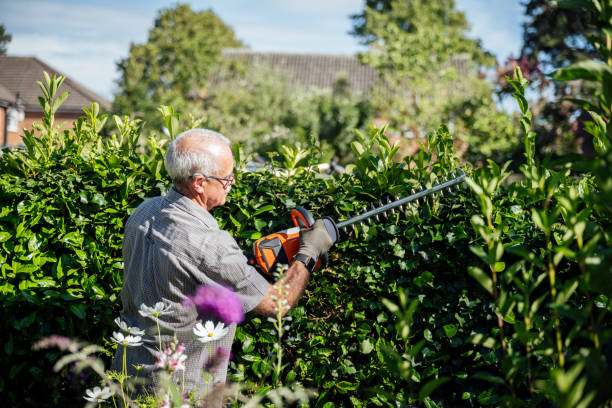
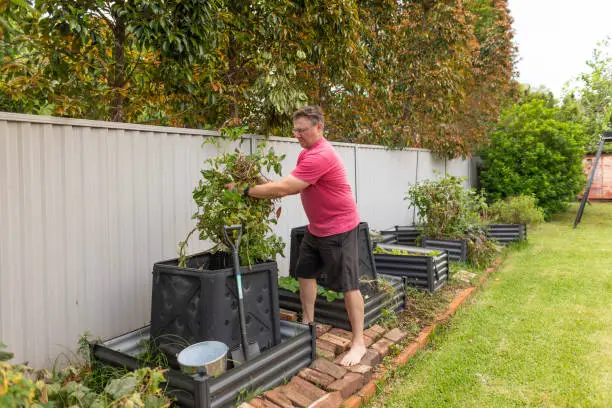
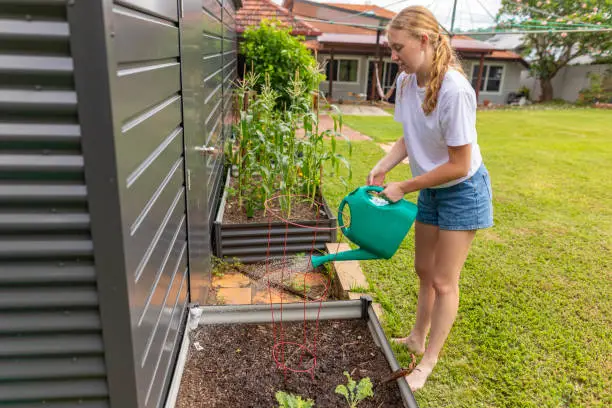
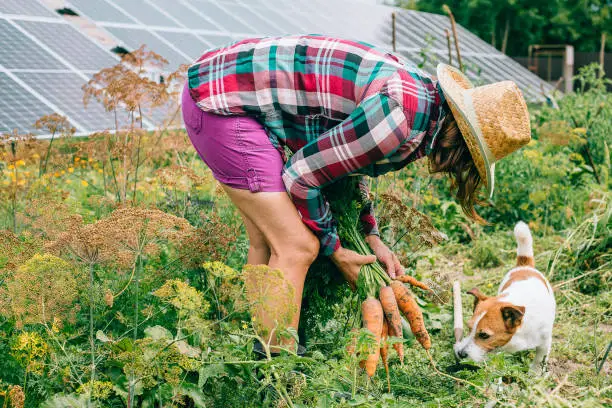

Leave a Reply